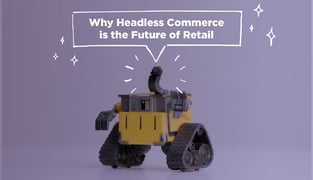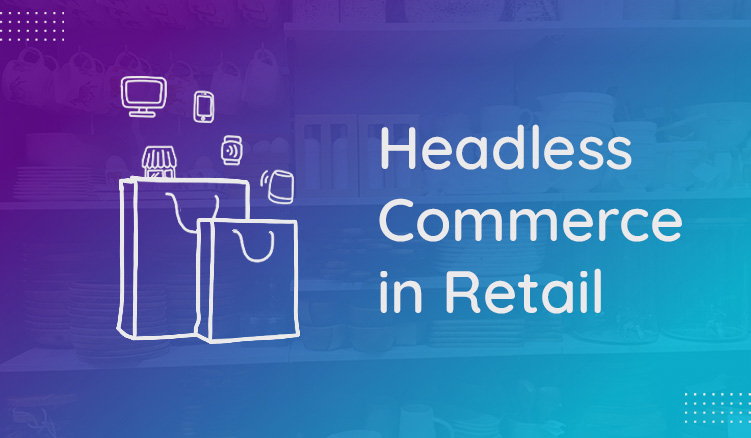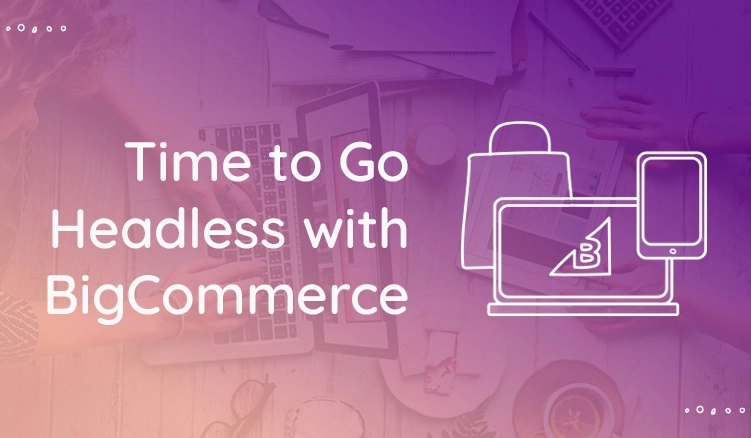Ecommerce retailers have been buzzing about headless commerce architecture for a while now.
So why is headless commerce all of a sudden everywhere you look?
It’s like the ecommerce buzzword of 2020: Headless this, and headless that.
It’s clear that headless commerce architecture is the technology of the moment. But will it last?
We think it will. In fact, we think headless commerce is the future of ecommerce, and if your brand isn’t considering a headless setup yet, you’re in serious danger of being left behind by your competition.
Headless commerce may be all the rage right now, but it’s not a trend that’s going to come and go. This is the future of retail we’re talking about here, and your brand needs to get with the times to stay ahead. Read on to learn how.
What Is Headless Commerce?
“Headless commerce” is the somewhat spooky and abstract name that’s been given to a concept that’s actually really straightforward.
Headless commerce means separating (or “decoupling'') the front end and back end of your ecommerce store, letting each one function independently from the other. This means you can make changes to the front end, which is the part customers see on various sales and marketing platforms, without needing to make changes to the back end.
Put another way, in a headless commerce setup, you’ll still have a content management system (CMS) that can store, manage, and deliver content and product information. But unlike the traditional CMS setups you might be familiar with, there’s no attached front end. A headless system instead uses APIs to push the content from the back end to any screen or device.
As you may have already gathered, this gives retailers much more agility and flexibility when it comes to how they can present their information to customers. That’s the big benefit of a headless architecture — but more on that in a minute.
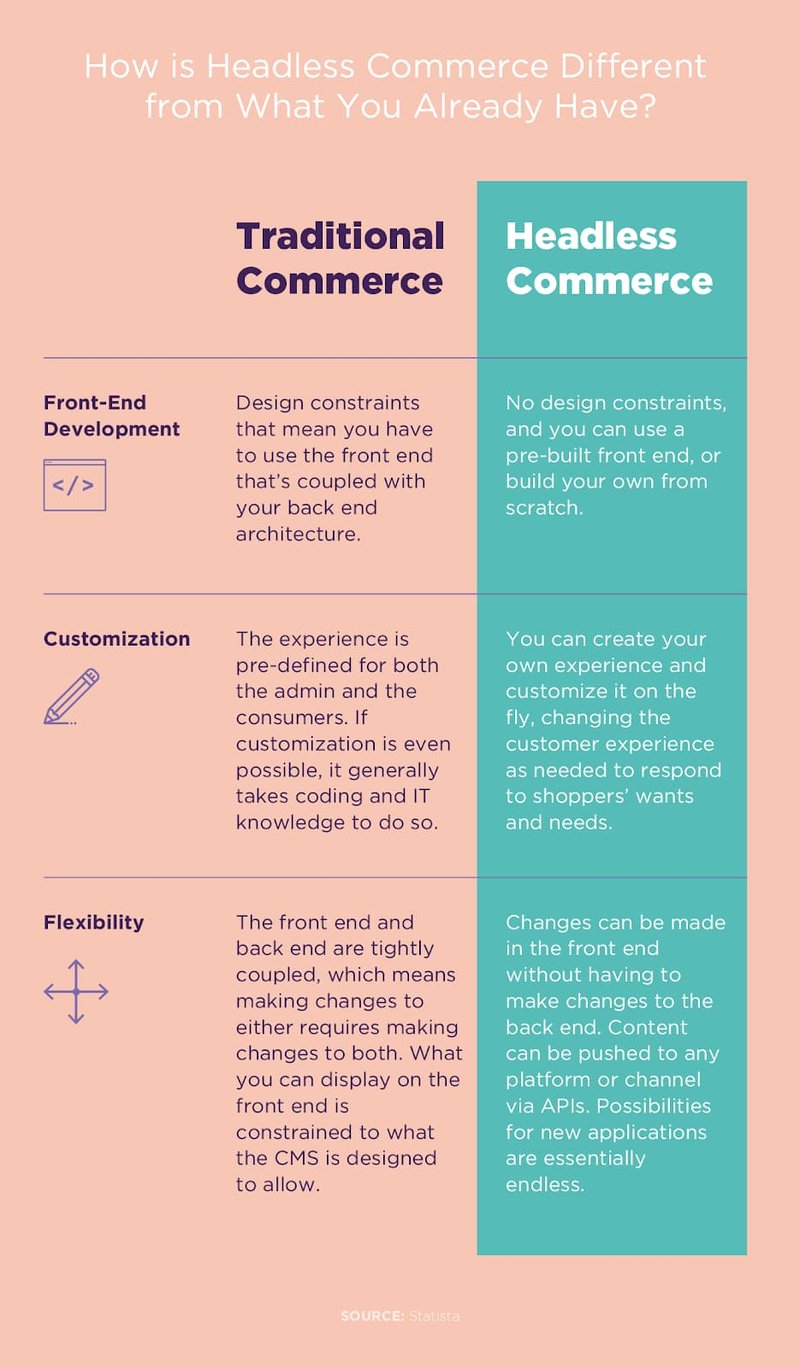
Why Is Headless Commerce All the Rage Right Now?
There are a number of ecommerce trends that have set the stage for headless architecture to become the technology of now in the industry.
One that we’ve seen emerging for a number of years now is the need to be omnichannel in ecommerce. The most competitive and successful online retailers in 2020 are those who can market and sell their products across multiple channels, devices, and digital touchpoints, all while delivering a seamless, integrated experience to customers. More and more, this is the kind of experience customers expect to have when they shop online, so omnichannel retailing has proven it’s a trend that’s here to stay.
More recently, the rise of a new trend in ecommerce has further set the stage for headless architecture’s popularity to explode: IoT commerce. Smart devices are only getting to be more common in homes, which is giving rise to a growing opportunity for IoT commerce. Today’s retailers have a wide variety of new touchpoints — from smart speakers to smart appliances, wearables, and even cars — where their customers can now make purchases. The future really is now.
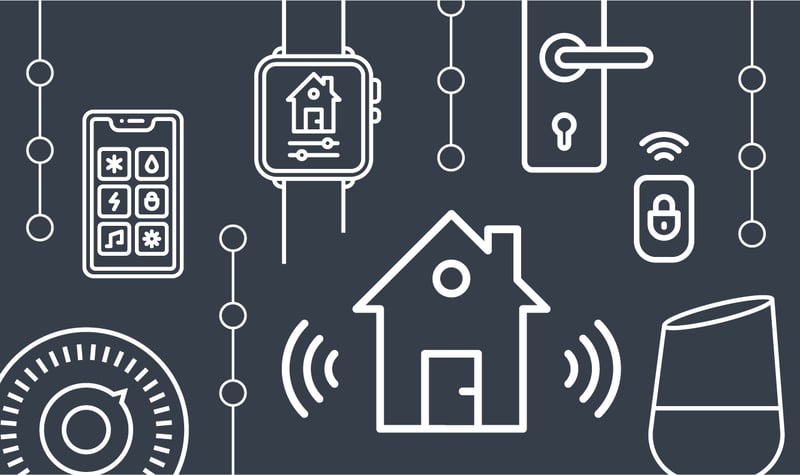
With the exploding popularity of IoT commerce, we’ve seen another trend take shape: The API economy. This is how retailers are able to market and sell their products in new and emerging channels, including IoT devices — they push the information via APIs.
So what does all this have to do with headless commerce architecture? Amid all these changes, retailers need solutions that allow them to quickly and easily adapt how they display their content and product information to customers so they can move into new channels as they arise. Headless commerce architecture gives retailers that flexibility and adaptability, making it one of the best ways for retailers to stay truly omnichannel in this age of constantly emerging new channels.
And to bring this all full circle, let’s go back to the high expectations customers have of retailers in the digital age. Not only do customers expect a seamless omnichannel shopping experience, but they expect to be able to shop online when and how they want to, whether that’s on a desktop, a mobile device, a wearable, or some other new channel. Headless architecture is what allows brands to offer that kind of experience to their customers.
Why the Future of Commerce Is Officially Headless
The internet really changed retail for ever. Ecommerce is one trend that’s not going anywhere — in fact, the entire online retail industry continues to grow at an impressive pace.
Just like the internet changed retail, so does the new technology that’s constantly emerging in the ecommerce space. Headless commerce architecture gives retailers the flexibility and agility to respond to all those changes as they happen. No more waiting for your CMS provider to build out an update or a new feature to support new technology. You can push content and products to new channels immediately, right as they arise (which is basically all the time).
The IoT age is far from over. In fact, it’s likely that this is just the beginning, and more and more digital devices and touchpoints will soon become commonplace in our lives. And then there are the new technologies and touchpoints that haven’t even been dreamed up yet. One thing is for sure: Ecommerce is an industry that’s in major flux right now, and likely will be for some time to come.
Brands can only keep up with such rapid changes in technology if they have the right tools. In this case, the right tool is headless commerce architecture.
Ready to Go Headless?
Congratulations! You’re on your way to being more flexible, more adaptable, and better able to respond to your customers’ wants, needs, and expectations, however rapidly they may change.
But pushing content and product information to new channels and touchpoints requires equally smart solutions for your back end. If your product information is messy, disorganized, or not up-to-date, you’ll waste precious time getting it ready for new channels — or worse, push inaccurate product information and let your customers down.
The first step toward putting a headless commerce solutions in place? Product information management (PIM) software.
A PIM like Plytix ensures that your product information is centralized, organized, accessible across your organization, and always up-to-date. That means expanding into a brand new channel is just an API request away.
Ready to learn more about how PIM can set your business up for headless commerce success? Download our free ebook today.

